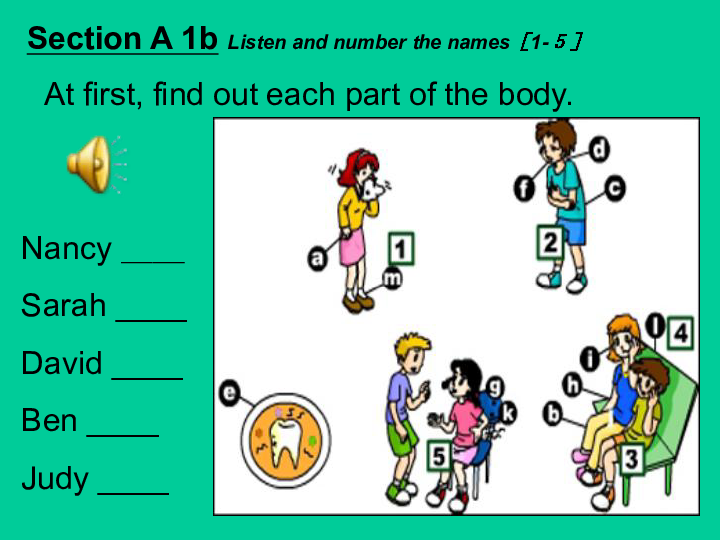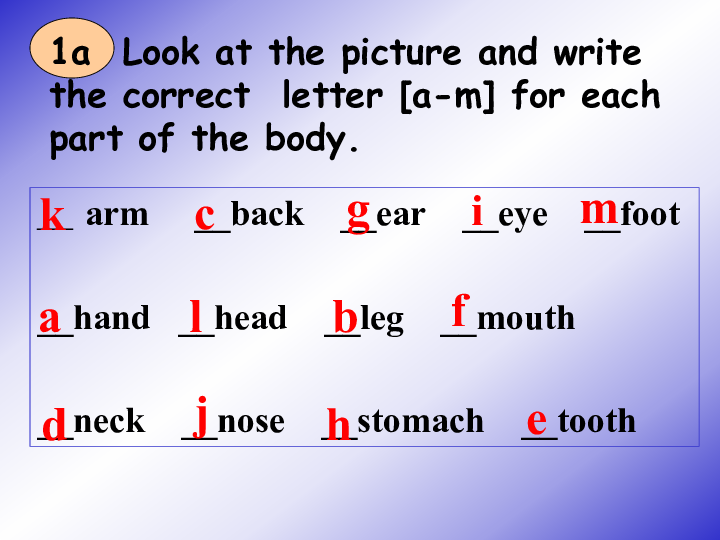Understanding What's a PPP Loan: Everything You Need to Know About the Paycheck Protection Program
#### What’s a PPP Loan?A PPP loan, or Paycheck Protection Program loan, is a financial assistance tool established by the U.S. government in response to the……
#### What’s a PPP Loan?
A PPP loan, or Paycheck Protection Program loan, is a financial assistance tool established by the U.S. government in response to the COVID-19 pandemic. Its primary purpose is to help small businesses maintain their workforce and cover essential expenses during periods of economic uncertainty. The program was introduced as part of the Coronavirus Aid, Relief, and Economic Security (CARES) Act in March 2020.
#### The Purpose of PPP Loans
The main goal of PPP loans is to provide immediate relief to small businesses that were severely affected by the pandemic. By offering forgivable loans, the government aimed to prevent mass layoffs and business closures. Businesses could use these funds to cover payroll costs, rent, mortgage interest, and utilities, ensuring they could keep their operations running and employees paid.
#### Eligibility Criteria for PPP Loans

To qualify for a PPP loan, businesses had to meet specific criteria. Generally, eligible applicants included small businesses, self-employed individuals, independent contractors, and certain non-profit organizations. The program initially targeted businesses with fewer than 500 employees, although some larger businesses in specific industries could also qualify. Applicants needed to demonstrate that they had been adversely affected by the pandemic and provide documentation of their payroll and expenses.
#### How to Apply for a PPP Loan
Applying for a PPP loan involved several steps. Businesses needed to approach an approved lender, which could be a bank or credit union. The application process required submitting various documents, including payroll records, tax filings, and information about the business's operational status. The loan amount was typically calculated based on the average monthly payroll, multiplied by 2.5, with a maximum limit set for each business.
#### Loan Forgiveness

One of the most appealing features of the PPP loan was the potential for forgiveness. If businesses used the funds for eligible expenses, such as payroll and rent, they could apply for loan forgiveness after a designated period, usually 8 to 24 weeks. To qualify for forgiveness, businesses had to maintain their employee headcount and salary levels. If they met these criteria, the loan could be fully or partially forgiven, turning it into a grant.
#### The Impact of PPP Loans
The Paycheck Protection Program had a significant impact on the U.S. economy. By providing financial support to millions of small businesses, it helped preserve jobs and stabilize the economy during a time of unprecedented uncertainty. Many businesses that received PPP loans were able to survive the initial shock of the pandemic and continue operations, contributing to the recovery of the economy in the following months.
#### Conclusion

In summary, understanding what a PPP loan is essential for small business owners navigating the challenges posed by the COVID-19 pandemic. The program was designed to provide critical financial support, ensuring that businesses could maintain their workforce and cover essential expenses. By familiarizing themselves with the eligibility criteria, application process, and forgiveness options, business owners can make informed decisions about utilizing this valuable resource. As the economic landscape continues to evolve, the lessons learned from the PPP loan program will undoubtedly influence future financial assistance initiatives for small businesses.